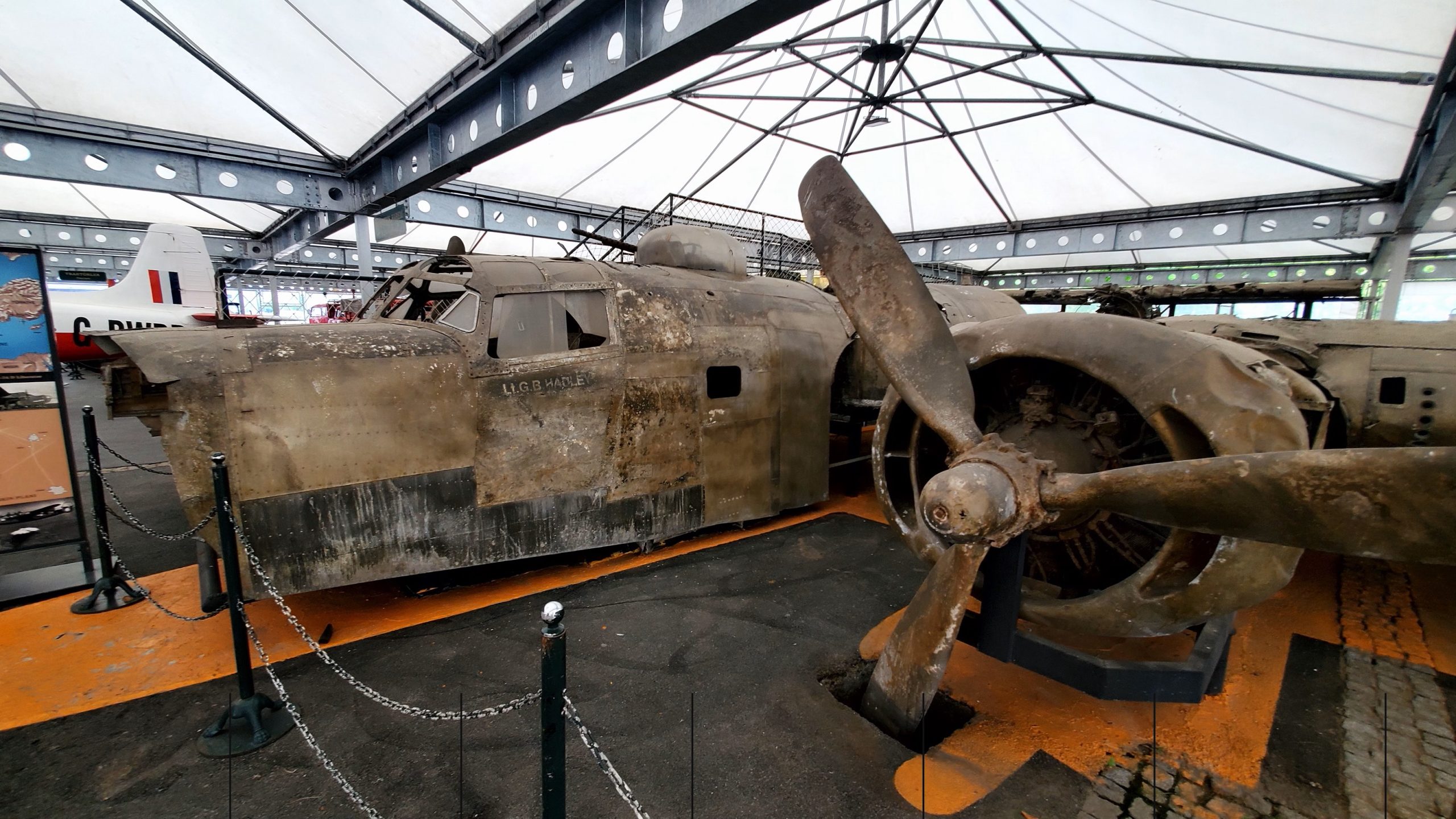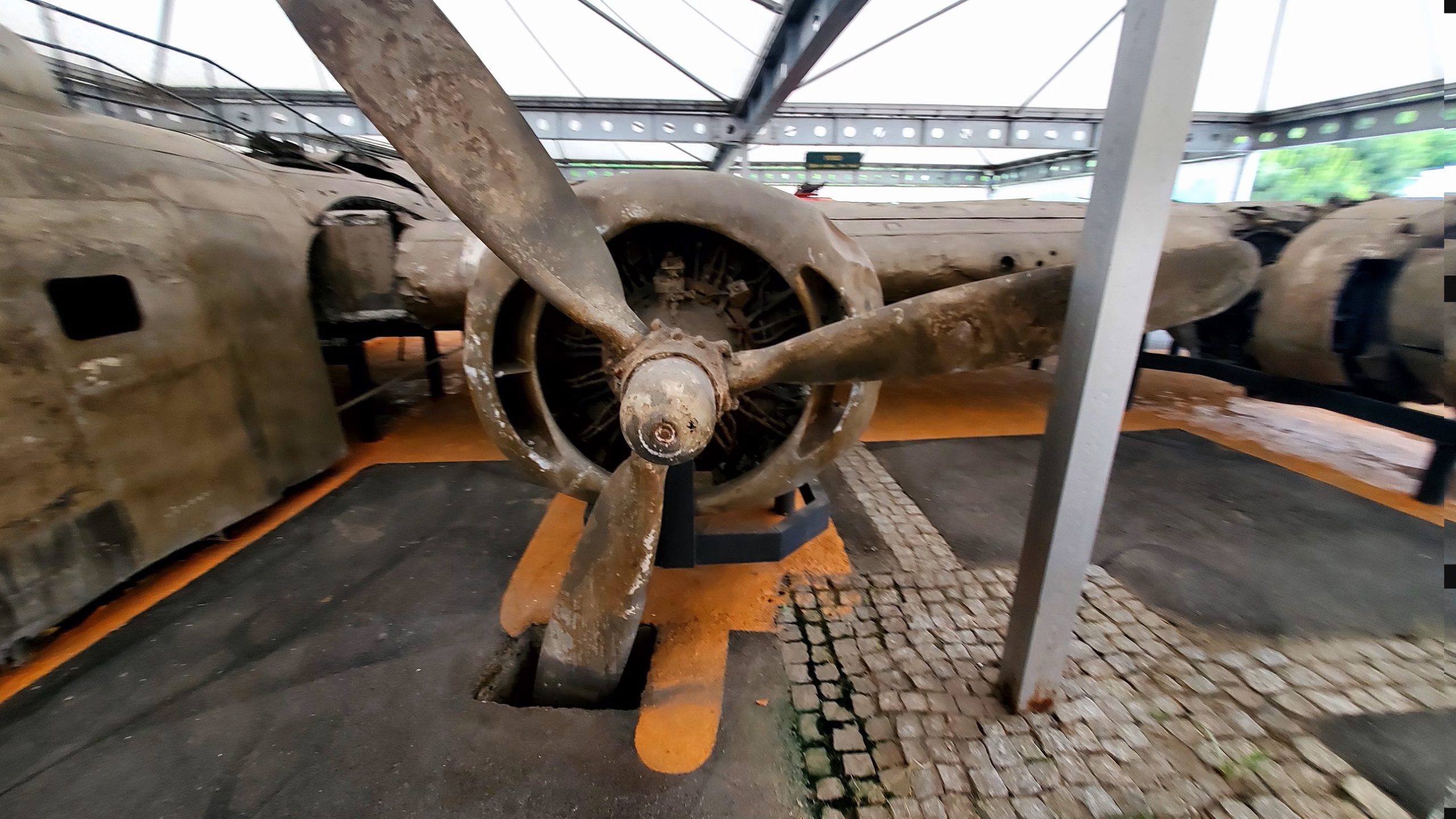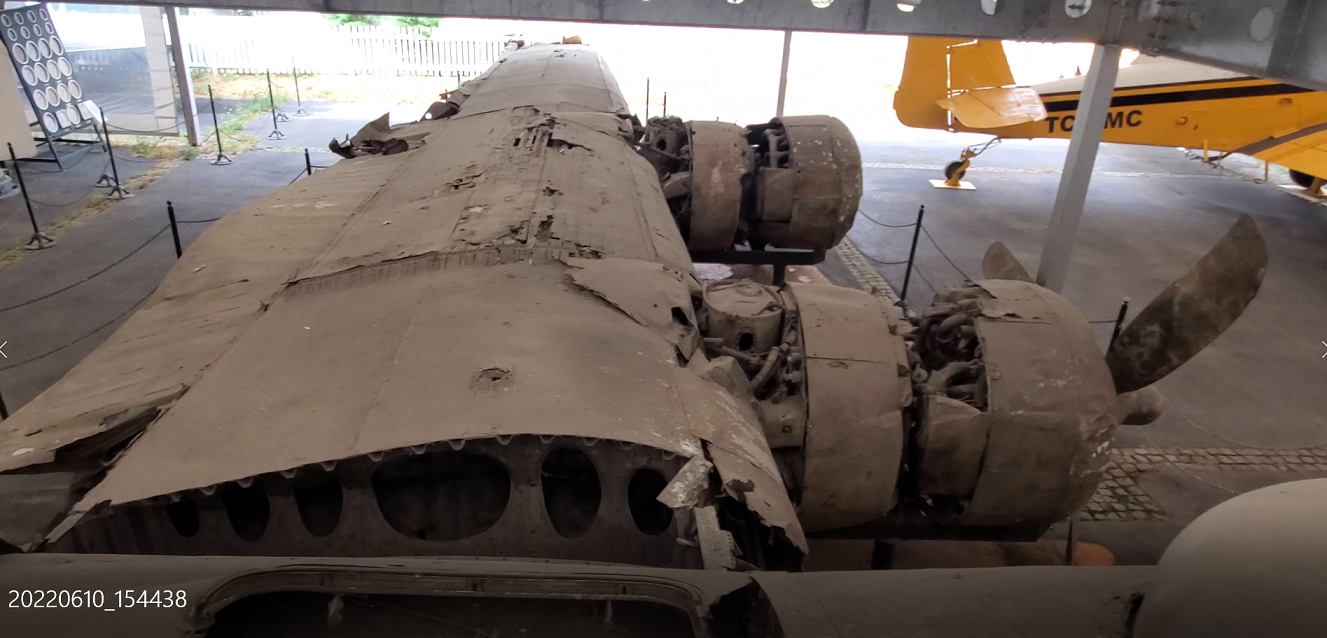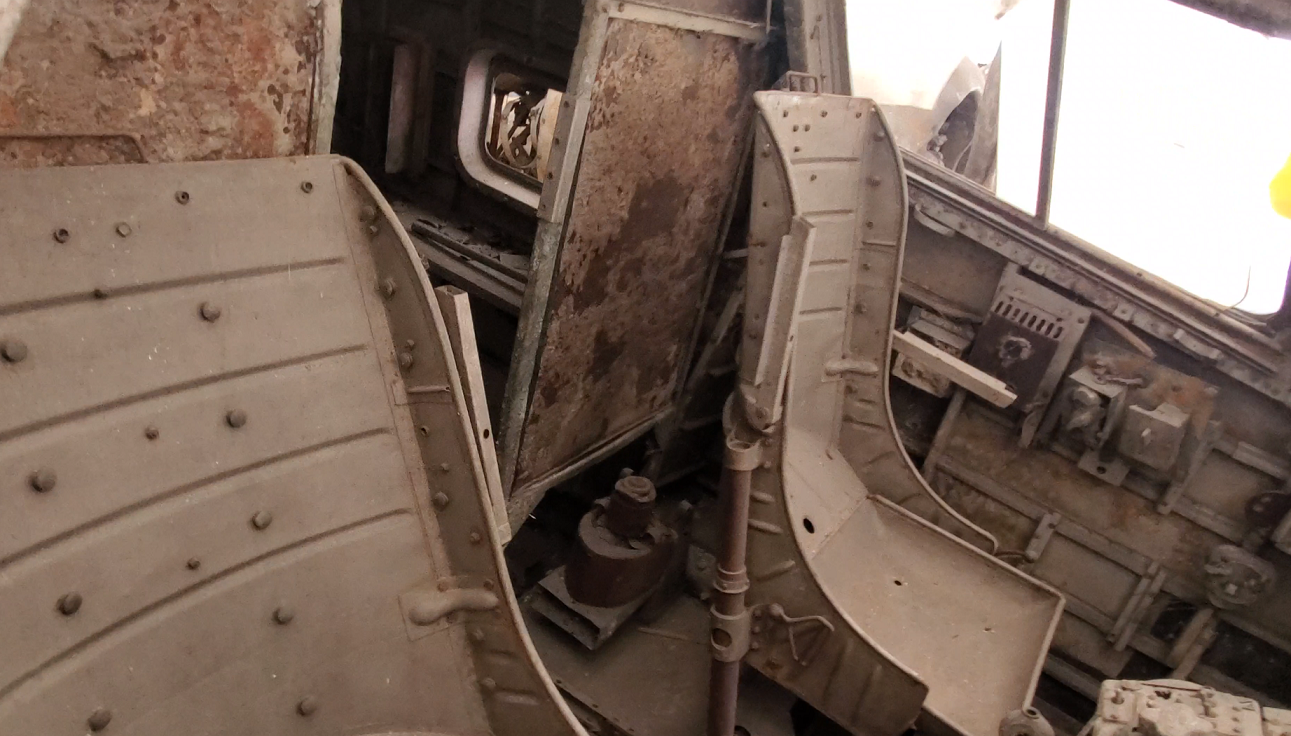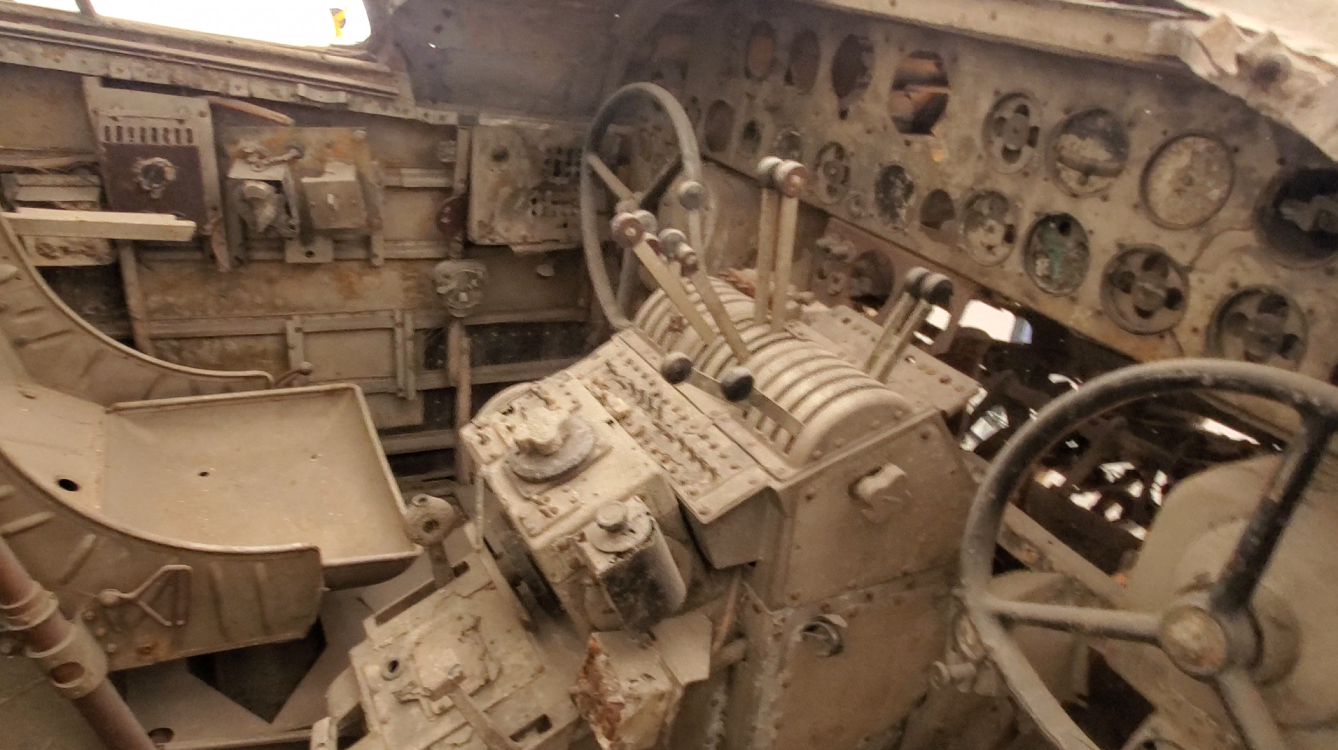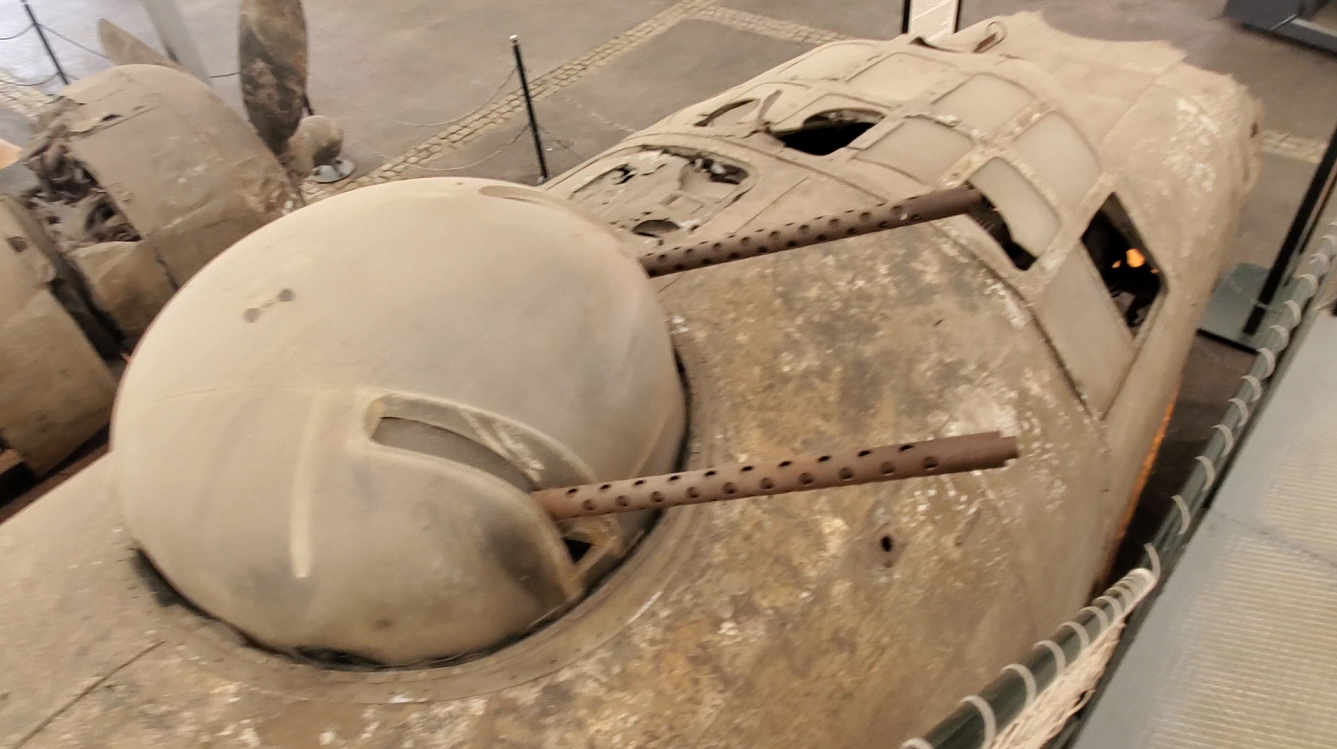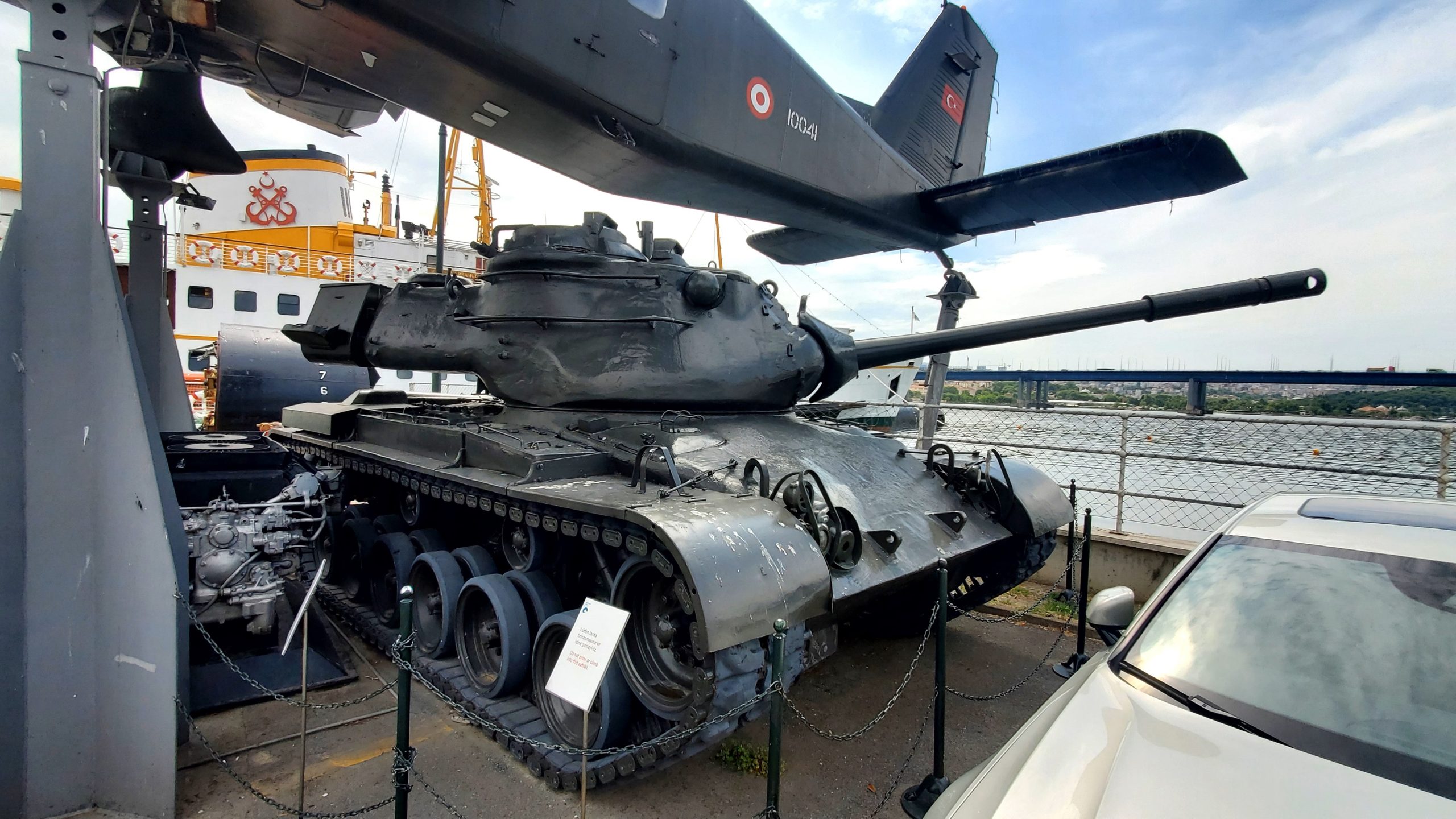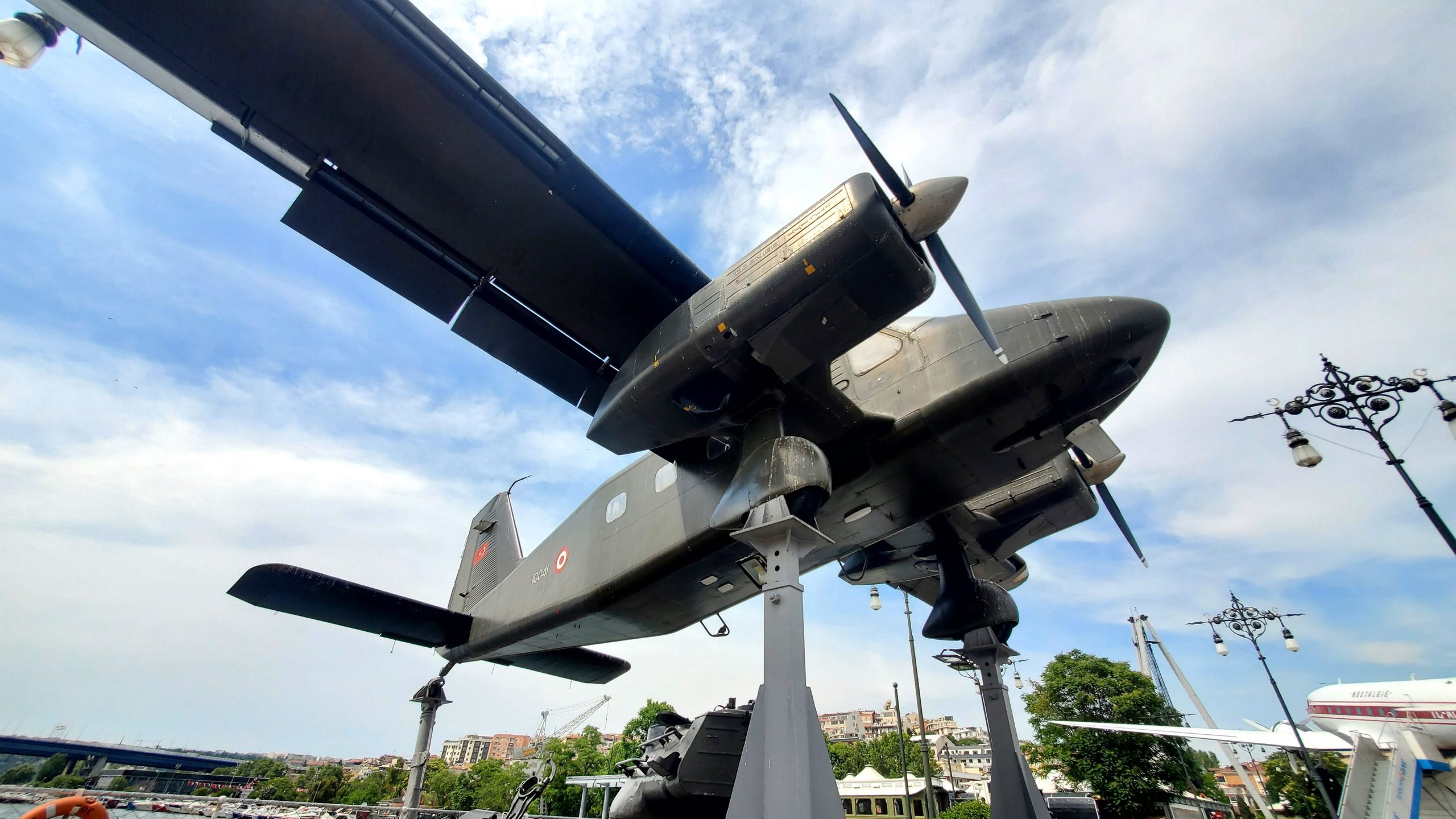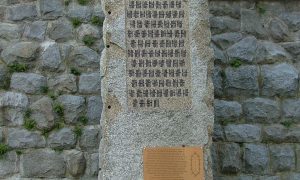The Rahmi Koç Museum in Istanbul has an interesting exhibit: the wreckage of the B-24 that has lain at the bottom of the Mediterranean Sea for more than half a century.
On August 1, 1943, a group of 178 American B-24 Liberator bombers took off from the airfields of the Libyan city of Benghazi. The target of the B-24 was the Romanian oil fields near the city of Ploiesti, located north of Bucharest. The operation, the main task of which was to deprive the Nazi troops of raw materials, was called “Tidal Wave”.
 However, in world history this raid is also known as “Black Sunday”. During the raid, the US Air Force lost 88 bombers, another 2 aircraft were lost due to technical malfunctions. Losses among the personnel reached 500 people: 310 crew members were killed and another 190 were captured.
However, in world history this raid is also known as “Black Sunday”. During the raid, the US Air Force lost 88 bombers, another 2 aircraft were lost due to technical malfunctions. Losses among the personnel reached 500 people: 310 crew members were killed and another 190 were captured.
Of all the aircraft that participated in that operation, only one has survived to this day. This is a B-24, numbered 41-24311-L, bearing the name Hadley’s Harem, lying on the seabed for 52 years.
The flight life of Hadley’s Harem was short-lived: this bomber was released in 1941, and after only 2 years it took part in a raid on Romania. During the bombardment of Ploiesti B-24 was damaged by ground fire. An anti-aircraft shell pierced the skin of the aircraft and exploded inside, killing one of the crew members.
After dropping the bombs, the B-24 went back on its course, but due to damage to the No. 2 engine, it became clear that the plane could not reach Benghazi. Then the crew decided to fly to Cyprus, where at that time the British airbase was located. In the sky over Turkey, engine number 3 stopped, and engine number 1 began to work with malfunctions. In this situation, it was decided to continue the flight as long as possible, and then land on the water.
The remaining two engines stopped in the sky over the seaside town of Manavgat. The descending plane banked, caught the water with its wing and crashed into the Mediterranean Sea. Commander Gilbert Hadley and co-pilot James Lindsey were unable to get out of the sinking bomber. The remaining seven crew members managed to escape. Later they were picked up by Turkish sailors.
The wreckage of the B-24 Hadley’s Harem was only discovered in 1995, thanks to the efforts of one of the surviving crew members, Leroy Newton. The fuselage of the bomber rested at a depth of 33 meters, 200 meters from the shore. In the cockpit, the remains of the pilots were found, who, after lifting the plane with honors, were interred in the United States. The bomber was kept in a hangar for some time, after which it was transferred to the Rahmi Koch Technical Museum.
bow of the B-24 was made of glass – the navigator’s workplace was located here. When landing on the water, the glazing collapsed and with it the plane lost a good piece of the nose.
For an aircraft exposed to harsh environments for half a century, the cockpit of Hadley’s Harem is surprisingly well preserved.
The external engines are worse preserved than the internal ones – there are no propeller blades on them. In addition, a piece of several meters is missing from the right wing console.
Apparently, it was the right wing of the plane that hit the water.
The gun mount with large-caliber twin machine guns in the upper part of the fuselage survived, but, for obvious reasons, was left without glazing. The museum solved this problem by replacing the glazing with a hemisphere made of transparent plastic.
The tail section was the hardest hit, which was torn off in a collision with water. From the tail unit, only a bare skeleton remained at all.
In the tail section, several meters of the fuselage are missing, thanks to which the rear compartment of the bomber can be seen. The B-24 did not have a pressurized cockpit, so it was equipped with oxygen cylinders used by the crew to breathe at high altitudes.
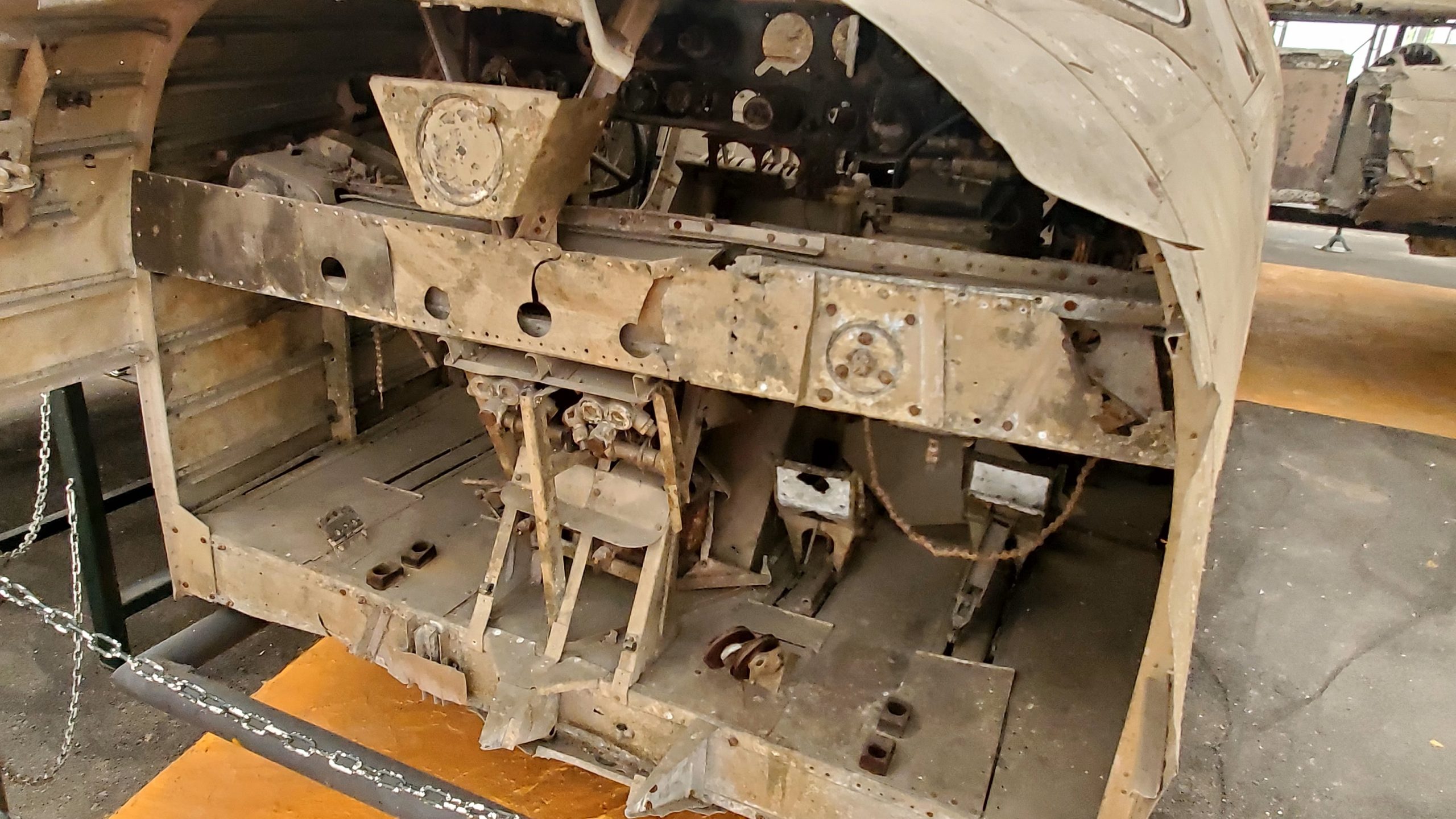
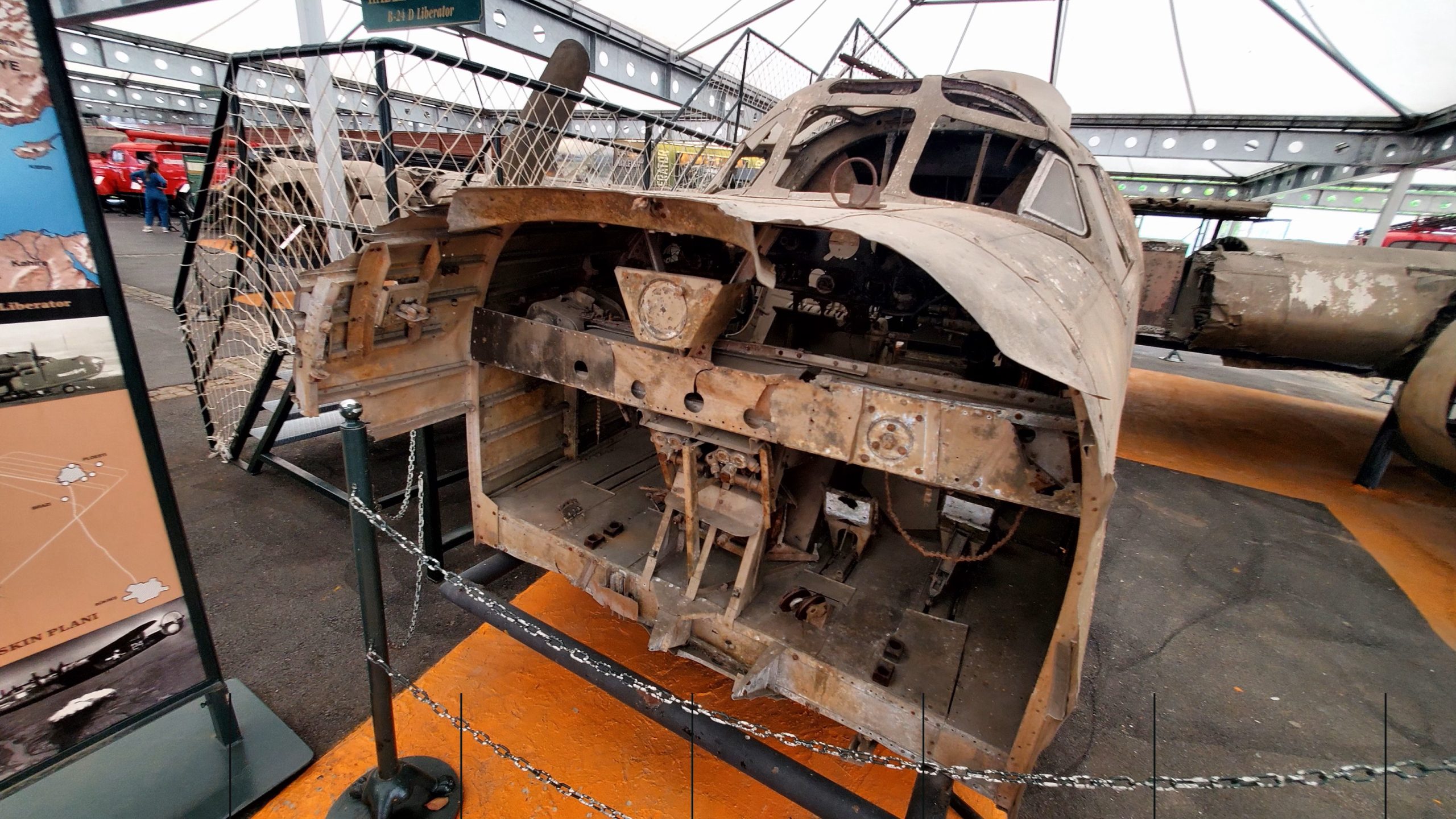 The Rahmi M. Koç Museum is a private industrial museum dedicated to the history of transport, industry and communications in Istanbul , Turkey . The museum was founded in 1991 by Rahmi M. Koç, a member of Turkey’s wealthiest dynasty and former chairman (now honorary chairman) of the Koç Group. It was opened on December 13, 1994. The museum is housed in two historic buildings attached to each other in the Hasköy area on the northern coast of the Golden Horn . Every day except Monday it is open to the public.
The Rahmi M. Koç Museum is a private industrial museum dedicated to the history of transport, industry and communications in Istanbul , Turkey . The museum was founded in 1991 by Rahmi M. Koç, a member of Turkey’s wealthiest dynasty and former chairman (now honorary chairman) of the Koç Group. It was opened on December 13, 1994. The museum is housed in two historic buildings attached to each other in the Hasköy area on the northern coast of the Golden Horn . Every day except Monday it is open to the public.


